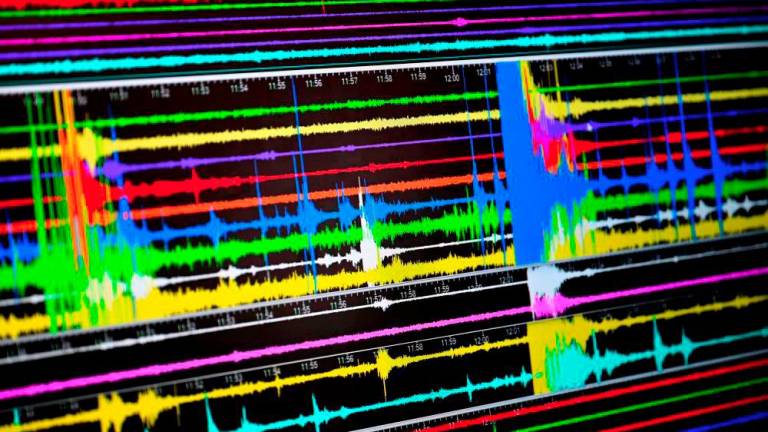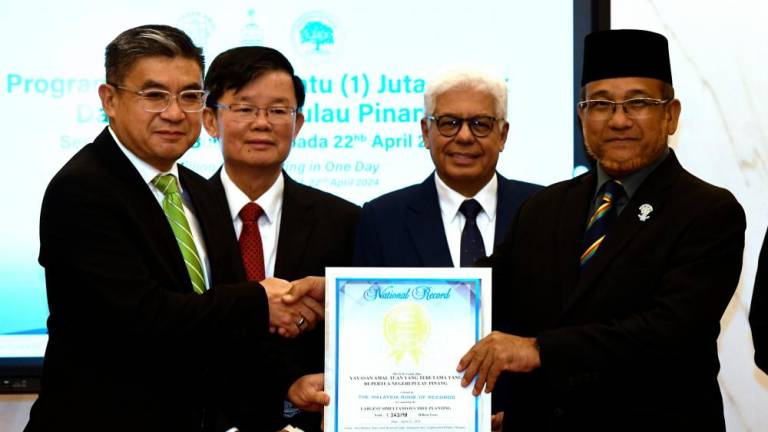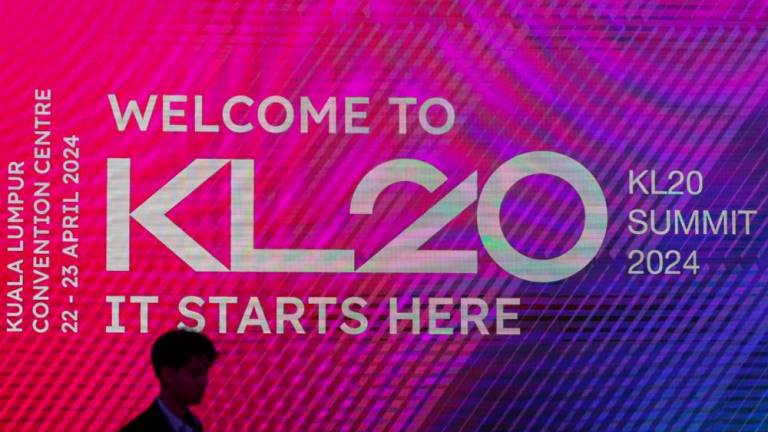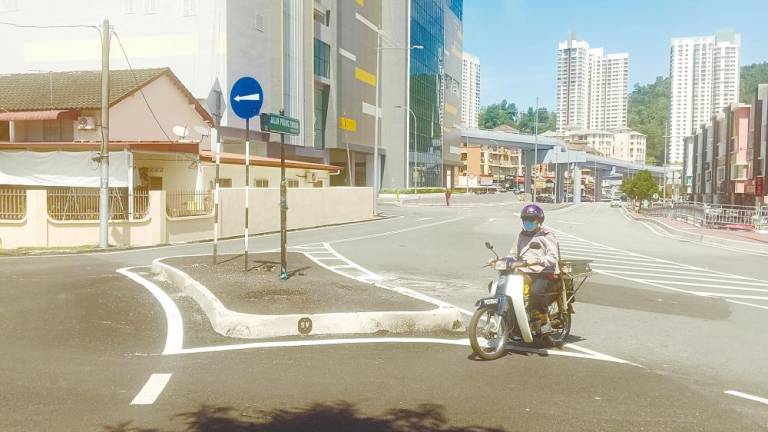TAKING naps is as human as breathing, but what is a nap exactly? Is it not just sleeping, being one and the same?
Not quite. Nap is a process of sleeping, but not the full picture of what constitutes “sleeping”. To better understand the concept of “napping”, it is imperative to first understand what sleeping is.
From the outside, sleep is just what most people go through when they crash on their bed after a long day, and then wake up the next day, hours later.
However, on the inside, sleep occurs in various cycles, where the body changes and adapts accordingly while the conscious mind is briefly “turned off”.
A normal sleep cycle begins with a light stage called non-rapid eye movement (NREM) sleep. This deepens into the next stage called REM sleep. This cycle is then refreshed, over and over again, with each cycle lasting roughly 90 minutes.
If uninterrupted, the person enters deep REM sleep, which is pivotal for general health and well-being.
In this “deep sleep” state, a person’s body works to refresh energy, increase blood supply to muscles, and greatly aid in the growth and repair of tissues and bones.
Napping is different because you never go into “deep sleep” as you wake up in the lighter stages of sleep and feel refreshed.
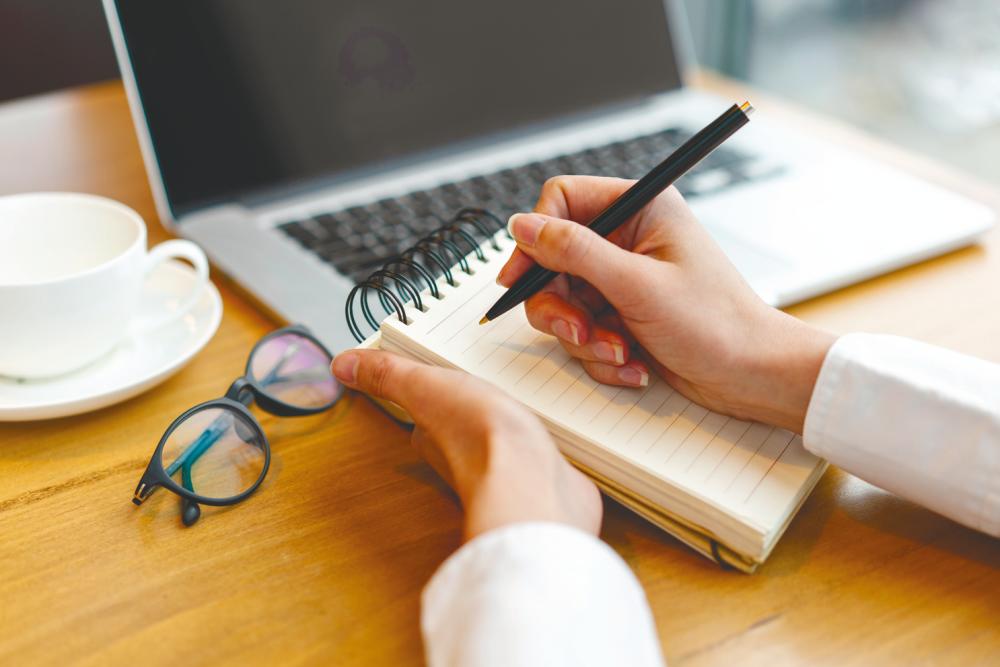
Power benefits
A 2010 research by Flinders University’s School of Psychology in Australia, revealed that cognitive functioning improved after taking a nap, where brief five to 15 minute naps showed immediate benefits that lasted one to three hours, while anything more than 30 minutes could produce impairment.
These impairments range from health problems to cognitive impairments like vision and thinking.
On the other hand, the benefits of napping in the time range above showed increased alertness, reduced stress, increased mood and boosted creativity due to reversing the hormonal impact of poor sleep, and has more lasting benefits than drinking coffee.
Despite the overwhelming benefits of taking power naps, there are caveats to consider.
For one, not everyone should take a nap.
Those with insomnia are advised against daytime or afternoon napping, as it will exacerbate the existing sleep issue at night.
For others, consider these before taking a nap:
> Did you get the recommended amount of sleep (seven to eight hours) the night before?
> Is your productivity for the day, whether at work or at home, beginning to slack?
> Is your cognitive function slow compared to the hours after waking up?
> Do you find your mind wandering during times it clearly shouldn’t?
> Does it feel like there is a “fog” or veil blanketing your thought processes?
In these situations, yes, a nap might be necessary to “shock” the system.
How long
Now that you know a nap is in order and have decided to take action, the important question is how long should it last.
First of all, consider the semantics of the word. A nap is a nap, and a nap isn’t a full-fledged hour(s) long sleep.
In a 1995 study by America’s National Aeronautics and Space Administration (NASA), co-author Mark Rosekind revealed that a 26-minute nap would improve performance by 34% and alertness by 54%.
A fatigue expert, Rosekind also said that anywhere between 20 to 30 minutes would be the ideal amount of time for a nap.
Anything lesser would have slightly diminished effects, and anything more would just increase the sense of tiredness.
Due to the risk of oversleeping – which is probable for most average people – the United Kingdom’s Sleep Research Council recommends taking a cup of coffee right before the nap.
The effects of caffeine kick in after about 20 minutes, so drinking it before napping aids in both waking the person up and also having them be alert.

When and where
Experts have largely agreed that the best windows to take power naps are between 1pm to 3pm (due to the post-lunch effects on energy) and 5pm to 6pm for those working nocturnal shifts.
As for where you should nap, that entirely depends on different variables.
For one, particularly in Kuala Lumpur, most offices do not acknowledge the benefits of power naps or even encourage their employees to take them.
Of course, there are companies and organisations that afford this “privilege” by having designated rooms, quarters or areas for employees to briefly shut their eyes, but these are in the extreme minority.
For everyone else, options are limited, such as going back home (if they live near to where they work), or just heading to their car for a nap.
Further considerations
Despite everything power naps are able to do, it isn’t a be-all, end-all cure to existing problems.
If you’re severely deprived of sleep – for example, you only slept for five or fewer hours – napping for 20 to 30 minutes once isn’t going to make you feel like Superman after waking up from the lunch nap.
For those with actual sleep conditions besides insomnia, such as sleep apnea, medical experts strongly advice against taking short naps.
Ultimately, it’s best to get professional help and advice in these rare situations.








